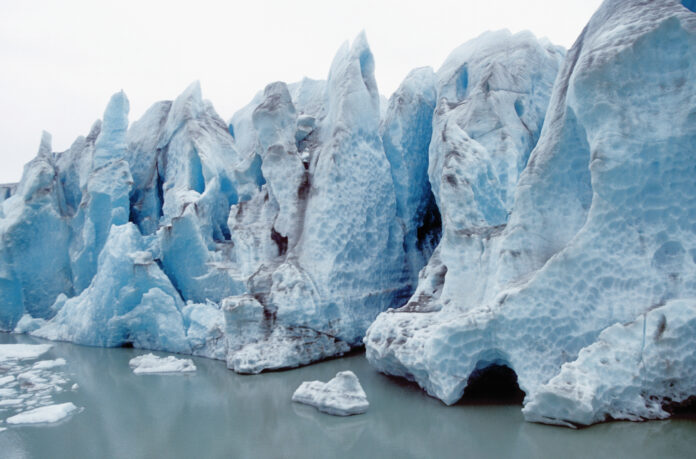Glacial masses are immense masses of ice that get the nation over. Icy masses are many times called streams of ice in light of the manner in which they stream down mountains and cut valleys. In spite of the fact that environmental change is a danger to ice sheets today, there are numerous icy masses all over the planet that are changing scenes through disintegration and actual testimony. Chilly landforms abandoned by icy masses incorporate moraines, drumlins, boxes, aretes, horns, and carnivals.
Assemble more information here
Kinds Of Glacial Masses
There are two kinds of glacial masses: snow-capped glacial masses, which structure on mountains, and ice sheets, which structure spreading vaults that cover valleys, fields, and mountains. High ice sheets make valleys by pushing soil and shakes out of their way as they arise. These are additionally called valley or mountain icy masses.
Ice sheets covered a large portion of North America and Europe during the last ice age. The present biggest ice sheets, called mainland glacial masses, cover the vast majority of Greenland and Antarctica. Ice sheets don’t frame a scene highlight as they spread. They are so enormous and strong that the land underneath them is a normal level.
Assemble more information about how to save a word document as a pdf
Force Of Disintegration
One of the principal ways that glacial masses change the scene is through disintegration, and the two fundamental sorts are culling and scraped spots. As the ice sheet moves downwards, it breaks the stones from the beginning and they freeze into the glacial mass. With erosion, any stone that has frozen inside the ice sheet scratches the foundation into the land underneath the ice, leaving scratchy streaks. Freeze-defrost enduring additionally influences the stone underneath icy masses since water in the breaks freezes and grows during chilly climates, separating the stone over the long run.
Proof Of Moraines
A moraine is a material that is conveyed or moved by a glacial mass. There are three unique sorts of moraine: horizontal, average, and terminal. Sidelong moraines are saved on the two sides of the glacial mass. Average moraines are kept in a glacial mass, which happens when the parallel moraines of two glacial masses meet. The terminal moraine is material that collects toward the finish of an ice sheet, frequently when it is retreating from a mountain.
At the point when icy masses move and store moraine in different ways, it can create fascinating landform highlights. Drumlin stores are moraine slopes. Their size shifts, yet they will have an inclining side and a slanting side, with the inclining side nearest to the ice sheet as it withdraws.
Frigid Landforms Framed By Affidavit
Frigid boxes, otherwise called icy valleys, have level valley floors and steep sides. These are long, U-molded valleys cut by icy masses that have since vanished. Fjords are a genuine illustration of beachfront bowls cut by ice sheets. At the point when the ice sheets withdrew, ocean water filled the lower part of the valleys and framed fjords (like those found in Norway).
Aretes, horns, and sarks are different kinds of chilly landforms. At the point when two glacial masses wear a lofty edge in the rock close to one another, a peak of rock is abandoned which is known as an arete. At the point when icy masses obliterate at least three locales, a sharp-edged top known as a horn is framed. The foundation of the icy mass is fit for cutting enormous round valleys known as carnivals.
Erratics Progressing
Icy masses are slow, yet all the same incredibly strong. As they rise, they push towards the lower part of the mountain, pulverizing and crushing nearly everything in their way. Counting backwoods, slopes, and rocks. Once in a while, many miles of rocks conveyed by icy masses are called icy inconsistencies.
Frigid erratics are made of an unexpected material in comparison to the encompassing scene, as they have voyaged up until this point. A renowned model is a 15,000-ton quartzite stone called Big Rock in Alberta, Canada, which voyaged in excess of 1,000 miles during the last ice age.



